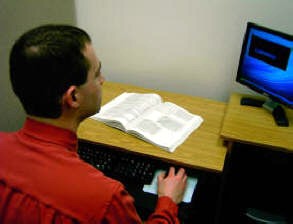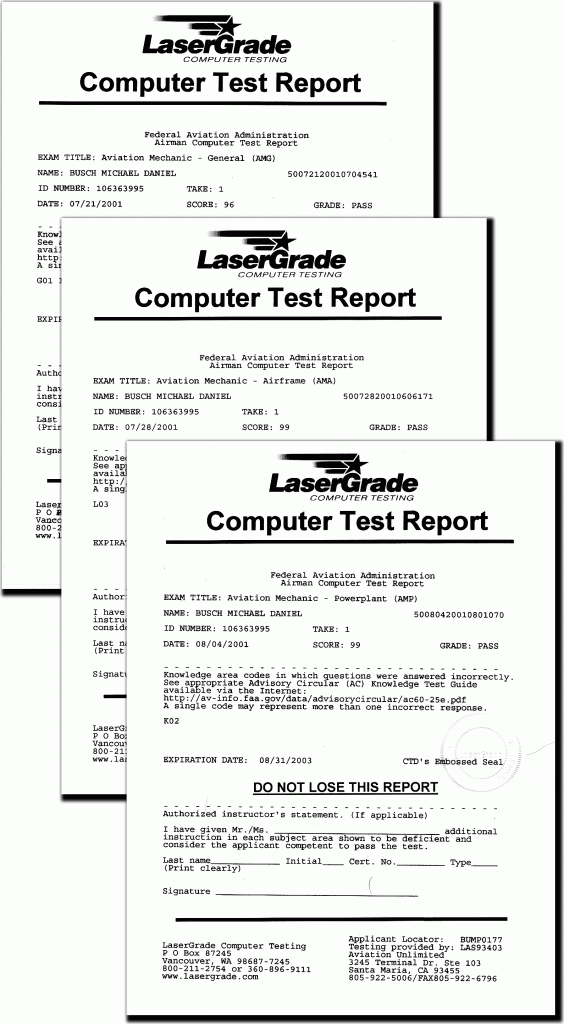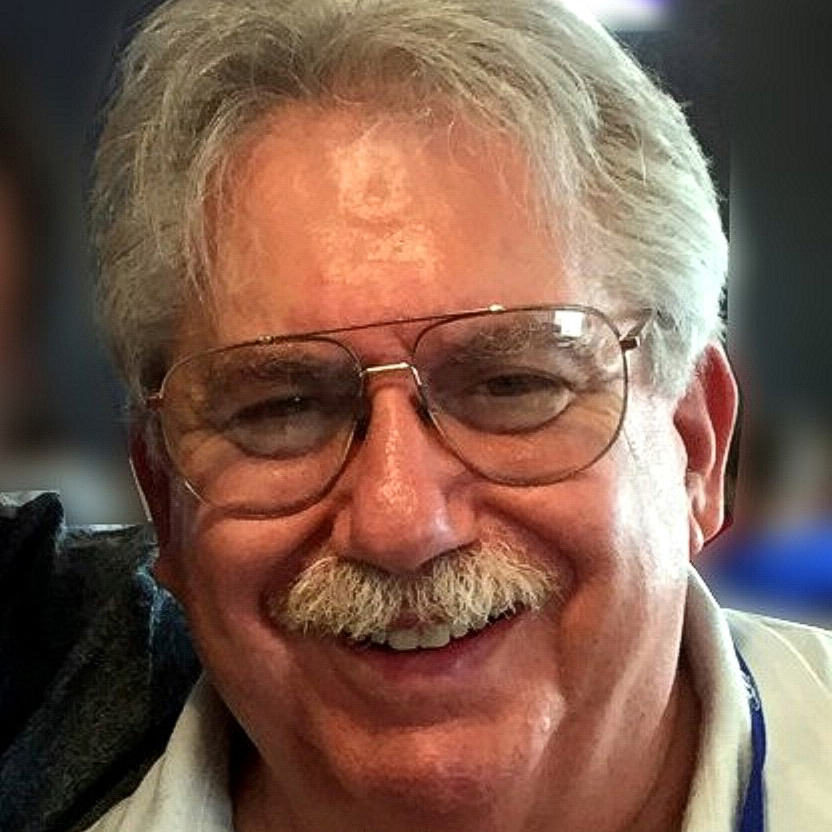Although I’ve been an aircraft owner since the late 1960s and heavily involved in GA maintenance since the late 1980s, I didn’t actually become an official card-carrying A&P mechanic until 2001. By the time I decided to go for my A&P ticket, I was already a pretty seasoned aircraft mechanic with a reputation for encyclopedic knowledge of aircraft systems and an aptitude for being able to troubleshoot thorny maintenance issues that had other mechanics stumped. I figured that passing the A&P exam would be a piece of cake.
I figured wrong.

By way of background, an applicant for an A&P certificate must surmount three sequential FAA-imposed hurdles. First, the applicant must prove to his FSDO that he has the minimum required experience performing maintenance on civil aircraft: 30 months on a full-time basis, or 4,800 hours on a part-time basis. Second, the applicant must take and pass three multiple-choice 100-question knowledge tests—mechanic general, mechanic airframe, and mechanic powerplant—and score at least 70% on each one. Third, the applicant must submit to an exhaustive (not to mention exhausting) oral and practical test with a Designated Mechanic Examiner—the mechanic’s equivalent to a checkride—which is normally at least a full-day affair.
When I started studying for the three A&P knowledge tests, my first surprise was the study syllabus, which struck me as being firmly anchored in the 1940s. For example, in preparing for the powerplant test, I reviewed more than 1,000 multiple-choice questions from the FAA’s “question bank” and found that the overwhelming emphasis was on radial engines, pressure carburetors, Hamilton Standard hydramatic propellers, and similar subjects of unquestionable interest to warbird buffs but of absolutely no relevance to contemporary GA aircraft of the sort that interested me. There were only a handful of questions about horizontally-opposed engines, perhaps two or three about fuel injection, only one about modern Hartzell compact hub propellers, and nothing at all about McCauleys.
The question bank for the powerplant test contained not a syllable about any technology that was less than 30 years old. Nothing about engine monitor data analysis, borescope inspections, spectrographic oil analysis, or scanning electron microscopy of oil filter contents. Nothing about compression ignition (Diesel) engines or electronic ignition systems or FADECs or lean-of-peak operation. Similarly, the airframe test was devoid of questions about composite construction (unless you count wood and fabric, which I suppose is the original composite).
To be fair to the FAA, there were actually lots of questions about “modern” 1960-vintage technologies, but they were all related to turbine and transport aircraft. To score a decent grade on the tests, it was obvious that I would need to master lots of material about turboprop and turbojet engines, air cycle machines, Roots blowers, and other esoterica that I knew I’d never remember or have any use for once the test was done.
Mastering the wrong answers

This was frustrating enough, but what really bugged me was that the “official FAA answer” to many of these multiple-choice questions was often the wrong answer. It became obvious that if I wanted to get a good score on the mechanic knowledge tests, I’d have to commit these “FAA answers” to memory even though I knew that they were the wrong answers.
Would you like to see some examples? Here are some actual questions from the 2001 FAA mechanic exam question bank, with the “official FAA answer” that would be used by the FAA to grade the exam:
#8072. Which fuel/air mixture will result in the highest engine temperature (all other factors remaining constant)?
A—A mixture leaner than a rich best-power mixture of .085.
B—A mixture richer than a full-rich mixture of .087.
C—A mixture leaner than a manual lean mixture of .060.
FAA-approved answer: C.
Discussion: Stoichiometric mixture (peak EGT) is around 15:1 or .067, so the FAA-approved answer C (“leaner than .060” or about 17:1) would be very lean-of-peak, far leaner than most engines can run without unacceptable roughness (unless they are fuel-injected and have tuned fuel nozzles). This is definitely a mixture at which the engine would run cool, not hot. Of the three choices given, the “most correct answer” is A. The FAA-approved answer (C) is just plain wrong, and perpetuates the Old Wives’ Tale that rich mixtures are cool and lean mixtures are hot. With training like this, is it any wonder so many A&Ps blame almost every cylinder malady to LOP operation?
#8678. Why must a float-type carburetor supply a rich mixture during idle?
A—Engine operation at idle results in higher than normal volumetric efficiency.
B—Because at idling speeds the engine may not have enough airflow around the cylinder to provide proper cooling.
C—Because of reduced mechanical efficiency during idle.
FAA-approved answer: B
Discussion: None of the given answers is correct, but the FAA-approved one is the probably the worst possible choice, because it suggests that pilots should keep the mixture full-rich during idle and taxi in order to obtain proper cooling. Do you suppose that OWT explains why so many pilots taxi around at full-rich and foul the crap out of their spark plugs? Are they learning this from their A&Ps? Here’s the correct answer: “Because a very rich mixture is required for cold-starting, and aircraft carburetors don’t have a choke to provide such a rich mixture (the way automotive carbs do), so the idle mixture has to be set extremely rich … which is why as soon as the engine starts to warm up, you need to come back on the mixture control.” Of course, that answer isn’t one of the choices offered.
#8773. Carburetor icing is most severe at…
A—air temperatures between 30 and 40 degrees F.
B—high altitudes.
C—low engine temperatures.
FAA-approved answer: A
Discussion: Are you kidding me? The AOPA Air Safety Foundation briefing on carb ice states, “Icing is most likely to occur—and to be severe—when temperatures fall roughly between 50°F and 70°F and the relative humidity is greater than 60%.” It shows a gory photo of the fatal crash of a Cessna 182 caused by carb ice that formed at OAT 80°F and dewpoint 45°F. If the FAA genius who wrote this question was a pilot, it’s a sure bet that most of his experience is flying Gulfstreams, not Skylanes. (Keep in mind that to get a decent grade on the A&P knowledge test, you have to memorize these FAA-approved wrong answers, or risk failing!)
#8829. Which of the following defects would likely cause a hot spot on a reciprocating engine cylinder?
A—Too much cooling fin area broken off.
B—A cracked cylinder baffle.
C—Cowling air seal leakage.
FAA-approved answer: A
Discussion: Once again, the FAA offers three possible answers and then claims that the “wrongest” one is the one they consider correct. Every IA I’ve asked agrees with me that by far the most likely cause is a bad baffle (answer B), and none has ever seen a case where a cooling fin was broken off badly enough to create an issue.
#8982. If a flanged propeller shaft has dowel pins…
A—install the propeller so that the blades are positioned for hand propping.
B—the propeller can be installed in only one position.
C—check carefully for front cone bottoming against the pins.
FAA-approved answer: B
Discussion: Well that’s interesting. The Continental TSIO-520-BB engines on my 1979 Cessna T310R have flanged propeller shafts. Each flange has a pair of identical dowel pins spaced 180° apart. This permits my three-bladed McCauley C87 props to be installed in two possible orientations, one that results in the vertical blade pointing down when the engine stops, and the other that results in the vertical blade pointing up. According to the Cessna service manual, only one of these orientations is the correct one, so you need to be careful when installing the prop. The FAA-approved answer (B) is just plain wrong. So are the other two answers.
I could go on, but you get the idea.
Mind-numbing

Well, it took me many hours of study, practice and drill to memorize all of the FAA-approved wrong answers to the thousands of multiple-choice questions in the question bank. As you can imagine, going through this mind numbing exercise was a character-building experience that greatly expanded my vocabulary (of expletives) and bolstered my respect for the cutting-edge mindset of our favorite friendly federal agency.
I guess I must’ve done a workmanlike job of studying and memorizing, because when I finally took the three FAA knowledge tests at my “Don’t try this at home, kids” LaserGrade computerized testing center, I scored 96% on the general and 99% on both the airframe and powerplant. (See Figure 1.) I don’t want to brag, but it’s a rare skill to master so many wrong answers so consistently in such a short period of time, if I do say so myself.
Once the exams were done and my scores were in the bag, I celebrated with the obligatory overnight soak of my brain’s medial temporal lobe (seat of long-term memory) in a 50-50 mixture of cheap champagne and methyl ethyl ketone, just to make absolutely sure all those FAA-approved wrong answers and Old Wives’ Tales were permanently purged from my gray matter. After all, it would certainly be embarrassing to inadvertently pass any of them on to the next generation of A&P mechanics, wouldn’t it?



